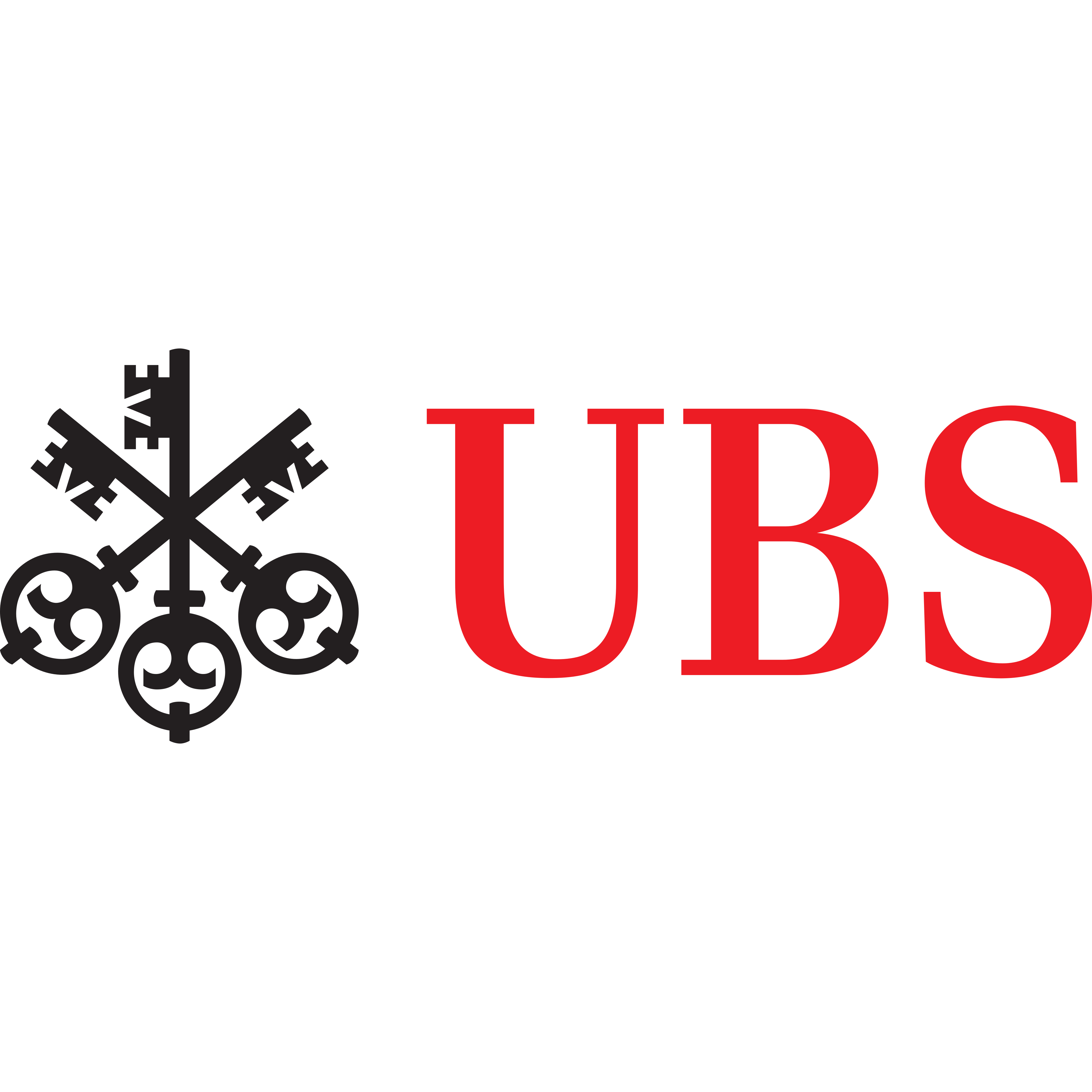Gender equality ETFs are still a relatively nascent segment of the European ETF market and have experienced steady growth since they came onto the scene in 2017.
Given the legislative trend towards mandatory gender equality disclosures across the globe, investors might seek to select companies with strong performance in gender equality.
Support for gender-focused investing has been growing. Last April, Japan's Government Pension Investment Fund (GPIF) invested in the Morningstar Japan ex-REIT Gender Diversity Tilt index, developed with Equileap.
In Europe, there are currently three UCITS ETFs that capture companies that perform well from a gender equality perspective, all with a slightly different take on the theme.
These are the $62m Lyxor Global Gender Equality UCITS ETF (ELLE), which launched in October 2017, the $737m UBS Global Gender Equality UCITS ETF (GENDER), which was listed two months later and the $61m iShares Refinitiv Inclusion and Diversity UCITS ETF (OPEN) which launched in September 2018.
A closer look
Both ELLE and GENDER track Solactive indices created with Equileap, an ESG data provider specialising in gender data.
Meanwhile, BlackRock’s OPEN replicates the Refinitiv Global Large/Mid Diversity & Inclusion ex Controversial Weapons Equal Weight index.
To qualify for the index, companies are assessed on social factors such as involvement in controversial weapons production and evaluated on performance across four key social metrics, one of which is gender specific.
These cover diversity (including gender and cultural representation), inclusion (such as policies for flexible working and support for employees with disabilities), people development (covering training, employee satisfaction, and promotion practices), and handling of controversies related to diversity and workplace conditions.
Each company's performance in these areas is scored, and the average of these scores determines the final Diversity & Inclusion (D&I) score. To qualify for the index, a company must achieve more than zero in each of the four categories.
The top 100 companies, ranked by their D&I Scores, are then selected for inclusion.
Europe’s first gender equality ETF – ELLE – tracks the Solactive Equileap Global Gender Equality Net Total Return index, equally weighting 150 companies that perform well on gender equality criteria, arguably making it more diverse than its competitors.
Equileap selects its index candidates by only including companies with a primary listing in developed markets, with a minimum average market capitalisation of $2bn over the past year and pass the $5m average daily value traded (ADV) threshold.
Companies are then further excluded based on their Equileap Gender Diversity score.
This is calculated based on 19 criteria across three categories which include gender balance in leadership and workforce, alongside equal compensation, work-life balance policies and promoting gender equality.
The benchmark also excludes companies that derive revenues from weapons sales, gambling and tobacco.
Finally, GENDER tracks the Solactive Equileap Global Gender Equality 100 Leaders Net Total Return index, providing exposure to 101 companies in developed markets that have a high gender diversity score, filtering out at least the bottom 20% of securities that rank poorly in gender diversity compared to the standard index universe.
GENDER filters companies for inclusion based on the company’s Equileap Gender Diversity (EGD) Score, which again uses the same 19 metrics.
When it comes to fees, ELLE and GENDER are the cheapest in the market with total expense ratios (TERs) of 0.20%, followed by OPEN with a TER of 0.25%.
Losing traction
While GENDER has become the frontrunner, all three ETFs have shed assets over the past year, with the UBS offering experiencing $315m outflows, according to data from ETFbook.
Meanwhile, OPEN and ELLE recorded outflows of $10.9m and $8.8m, respectively, over the same period.
This is despite OPEN returning 11.5%, versus 11.6% for ELLE and 11.3% for GENDER.
One reason for this could be their lack of exposure to technology stocks, which have driven market returns over the past year.
Another, slightly broader approach, to the theme is the CIRCA5000 Social & Economic Empowerment UCITS ETF (CKEG) which aims to invest in products and services that empower underserved communities, including women.
“Themes like education and financial inclusion are particularly beneficial to women who are usually underserved relative to men, especially in emerging markets,” Charlie Macpherson, managing director at CIRCA5000 said.
There is a growing school of thought that gender-focused investing can reap social and financial benefits, with strategies favouring companies with more diverse leadership more likely to outperform their competitors in the long term.
This could be put down to the idea that a blend of diverse perspectives enhances team decision-making, mitigates blind spots and allows companies to explore new markets and revenue streams.
Importantly, prioritising gender diversity also helps companies avoid reputational risks associated with pay disparities, workplace disputes, and litigation.
Overall, despite seeing outflows over the last 12 months, ETFs capturing companies performing well from a gender equality perspective might eventually rival their ESG counterparts and gain more attention in the wider ESG debate.






